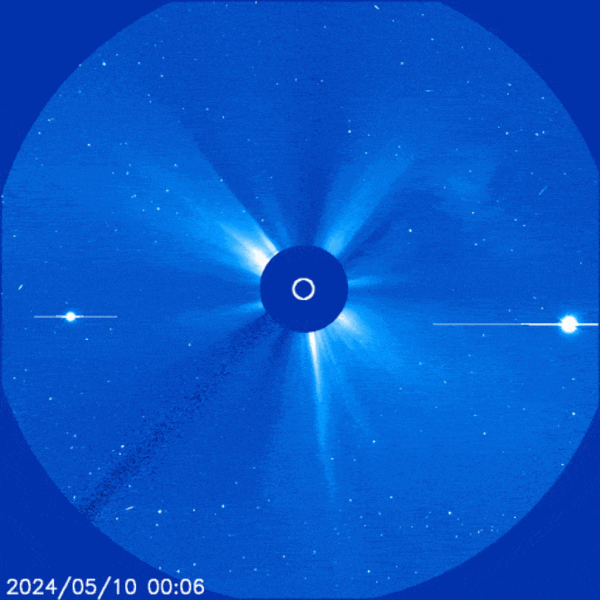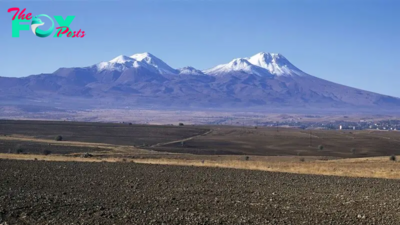Science
'Severe' geomagnetic storm will bring widespread auroras this weekend after gigantic sunspot spits out 5 solar storms
A historically huge sunspot has unleashed a flurry of super-powerful solar storms directly toward our planet. When they hit this weekend, they will shake up our magnetic shield and trigger widespread auroras over North America, experts predict.
The sunspot responsible for the incoming barrage, AR3664, is at least 15 times wider than Earth, making it the biggest sunspot of the current solar cycle. The immense dark patch, which is around the same size as the sunspot that birthed the infamous Carrington Event in 1859, has spat out more than 50 solar flares in the last 48 hours, including four X-class flares — the most powerful type of solar flare the sun is capable of producing, according to SpaceWeatherLive.com. The most powerful of these X-class flares was an X2.2 magnitude blast that triggered radio blackouts across Europe, Africa and the Middle East on Thursday (May 9). Further X-class flares are still possible.
At least five of the recent solar flares, including the X2.2 explosion, have launched clouds of plasma and radiation, known as coronal mass ejections (CMEs), directly toward Earth, Spaceweather.com reported. When they reach us, the CMEs will smash into our planet's magnetic field, causing a temporary weakening of our protective shield, known as a geomagnetic storm.
Due to the size and frequency of the incoming storms, we could experience a severe G4 disturbance — the second-highest class of geomagnetic storms behind G5 storms such as the Carrington Event and the 2003 Halloween solar storms — The National Oceanic and Atmospheric Administration's Space Weather Prediction Center (SWPC) warned in a statement. The disturbance will likely peak on Saturday (May 11) but could start on Friday (May 10) and extend into Sunday (May 12).
Related: 10 solar storms that blew us away in 2023

During a G4 geomagnetic storm, satellite signals are temporarily weakened, meaning reduced GPS and communication services, according to SWPC. The disturbances can also induce electrical currents on Earth's surface, which can damage power infrastructure and disrupt railway lines. These storms can also trigger vibrant, widespread auroras.
At the peak of the upcoming disturbance, the northern lights could cover parts of the U.S. as far south as Alabama, FOX Weather reported.
-

 Science22h ago
Science22h agoThe Elegance and Awkwardness of NASA’s New Moon Suit, Designed by Axiom and Prada
-

 Science5d ago
Science5d agoSpaceX Launches Its Mega Starship Rocket. This Time, Mechanical Arms Catch It at Landing
-

 Science2w ago
Science2w agoYou Won’t Want to Miss October’s Rare Comet Sighting. Here’s How and When You Can See It
-

 Science1m ago
Science1m agoA New Spacecraft Could Help Determine if There’s Life on a Moon of Jupiter
-

 Science1m ago
Science1m agoWe Can Thank Deep-Space Asteroids for Helping Start Life on Earth
-

 Science1m ago
Science1m agoStranded Astronauts Set to Come Home After SpaceX Capsule With Extra Seats Reaches ISS
-

 Science1m ago
Science1m ago'Every volcano has its own personality': Mystery Mount Adams earthquake surge under investigation
-

 Science1m ago
Science1m agoEarth's crust may be building mountains by dripping into the mantle



























